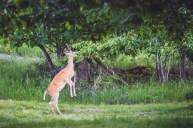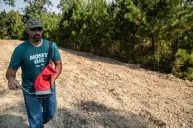A food plot is any open piece of land that has been purposefully planted with foliage that will attract deer. Food plots elevate a properties desirability to deer. It creates an easy food source for deer and gives you a logical location to hunt around.
Planting food plots doesn't have to be complicated, but there are some crucial things to know to get the most of it. Timetables vary based on the region that you're in, but there are some universal strategies regardless of where you are located that can optimize your food plots.
Frost Seeding Perennials

Dylan Hayward
Frost seeding can be an extremely effective option that requires little work and is budget friendly. I always try to implement some frost seeding on each of my farms, because I always seem to have success with it. As an added bonus, it gets me out onto my properties in the later winter when hunting season is over for a little recon.
Ideally, you want to wait until the very end of winter, when the soil is going through a "freeze-thaw" cycle. In the mornings during this period the ground is frozen, and as temperatures warm up during the day, the soil thaws out. This creates cracks in the soil which allow seeds to fall down into the ground and germinate in the spring when moisture is abundant.
For frost seeding, it's best to use perennial seeds with high germination rates such as clover, chicory, and even alfalfa. I prefer to frost seed my smaller kill plots, but any bare ground that has adequate sunlight, drainage, and soil nutrients will work.
Spring Planting
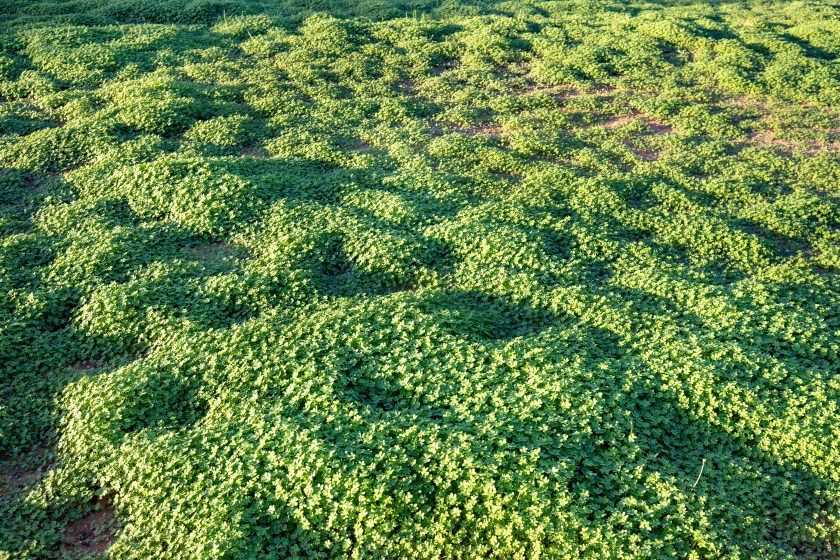
Getty Images, sirene68
Planting spring food plots is one of my favorite things to do. The bucks are just starting to grow back their antlers and the does are starting to give birth to fawns, so the entire deer herd is in need of protein-rich food. I've always stated that clover is the "king of spring" when it comes to food plots. The tonnage and nutrients that you get with clover, combined with how attractive it is for deer, is unmatched. I also try to work in chicory, alfalfa, and occasionally winter wheat to my spring plots.
In my area of the Midwest, spring planting seems to be most effective in late April to early May. The sun is shining, soil temperature is ideal and weekly rains are consistent, giving your food plot a great growth boost. Always make sure to check your local weather forecast to get planting in right before a solid rain. I can't tell you how many times I've been too eager to broadcast seeds and weeks go by without a rain, and the results are dismal.
Annual Crops

Getty via mountianberryphoto
Annuals are little fussier than perennials. They need a consistently warmer temperature, which is right around 60-degrees. Use a simple soil thermometer or type in your zip code to a soil temperature map. Or use the old school method of observing local farmers and planting once they start planting their crops.
In northern states, soil temperatures may not be optimal until the end of May or June. That still gives more than enough time for crops to mature. Here's a tip: Check the maturity timeline listed on the seed packet and count backward from when you want your annual plot to mature. For example, if the goal is for soybeans to mature in early October and there is a 90-day maturity period, then late June or early July is the perfect planting window.
Fall Planting
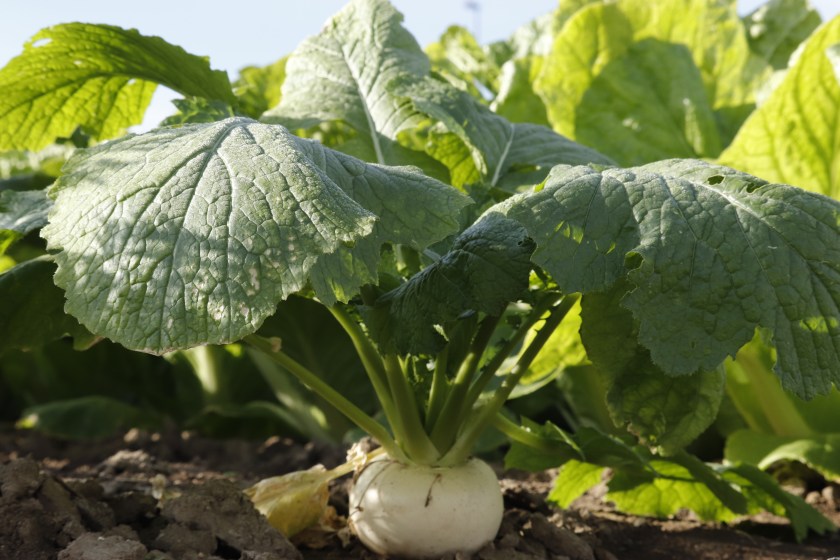
Getty Images, bungoume
Fall planting is crucial. Ideally, it would be great for a shooter buck to walk out on Opening Day before sunset and for you to punch your tag, but it almost never works out that way. Oftentimes you have to put heavy hours in the treestand in order to get that trophy buck that you're after. For this reason, all of my fall plantings focus on late season strategies.
For late season food plots, it's important that you pick varieties that are extremely cold tolerant. Go with plantings that will withstand the colder months such as December and January so that your deer have a primary food source after the rut. Late season hunting can be extremely effective, but without a food source, you're better off breaking out the ice fishing equipment.
My go-to fall planting is a mixture of brassicas such as turnips and radishes, with a grain variety like soybeans and winter peas. This works like a magnet to deer as they are seeking out carbohydrates and protein to replenish themselves after an exhausting rut, as well as warming themselves up during the cold weather.
I generally plant my fall food plots at the very end of August and the early part of September. By this point, rains are starting to become more consistent, and this gives plenty of time for my brassicas to mature before the first frost.
Always make sure to get a soil test done for your food plots to see what your soil may be lacking. This is especially true for food plots that have brassicas and soybeans in them, as they typically need a good amount of nitrogen to grow, and studies show that it also helps with palatability for the deer.
More Ways to Attract Deer to Your Property
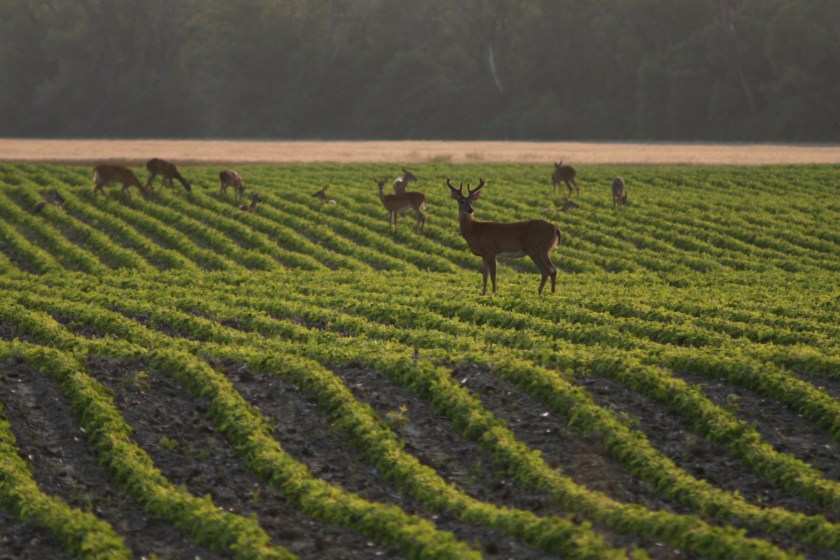
Getty via Midwest Wilderness
How to Create a Water Hole for Deer on Your Property: When deer hunting properties don't deliver good results, it is usually because the property is missing the water element. Providing a source of water where one is lacking can be a great way to attract and hold deer.
4 Easy Deer Food Plot Ideas To Make Your Land Stand Out: Level up your food plot game with these four ideas addition ideas, which involve planting in the middle of a forest, replanting brassicas in the late season, and adding fruit and nut trees.
The 5 Deer Attractants Bucks Just Can't Resist: Deer attractants can make a big difference in your setup, if the one you use is good quality. These products work by targeting a deer's sensitive sense of smell and luring them to a particular area. Check with state regulations for any laws governing deer attractants, as some states do have bans on these products.


